Chicago has always had a plethora of terminal railroads. Many have come and gone, but a handful with historical roots dating to the late 19th Century are still active today, and vital to keeping the freight and passenger traffic consistently moving in and out of the city. These are Historical Chicago terminal railroads that are still going strong.
Baltimore & Ohio Chicago Terminal Railroad
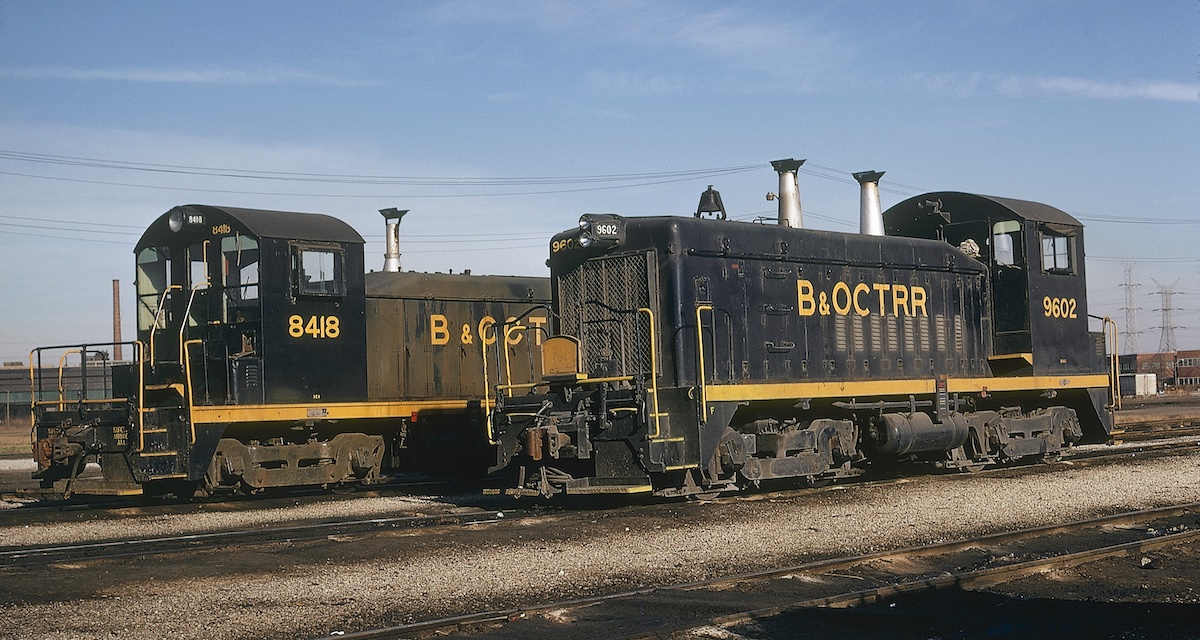
Established on Jan. 6, 1910, by the Baltimore & Ohio Railroad, this 78-mile network primarily focused on freight traffic and interchange within Chicago. It also provided B&O passenger trains access to Grand Central Station, with trackage rights extended to railroads like the Soo Line, Pere Marquette Railways, and Chicago Great Western. The Baltimore & Ohio Chicago Terminal and its infrastructure remain in operation today, serving CSX Transportation (B&O’s successor) in Pine Junction, Indiana.
Belt Railway Company of Chicago
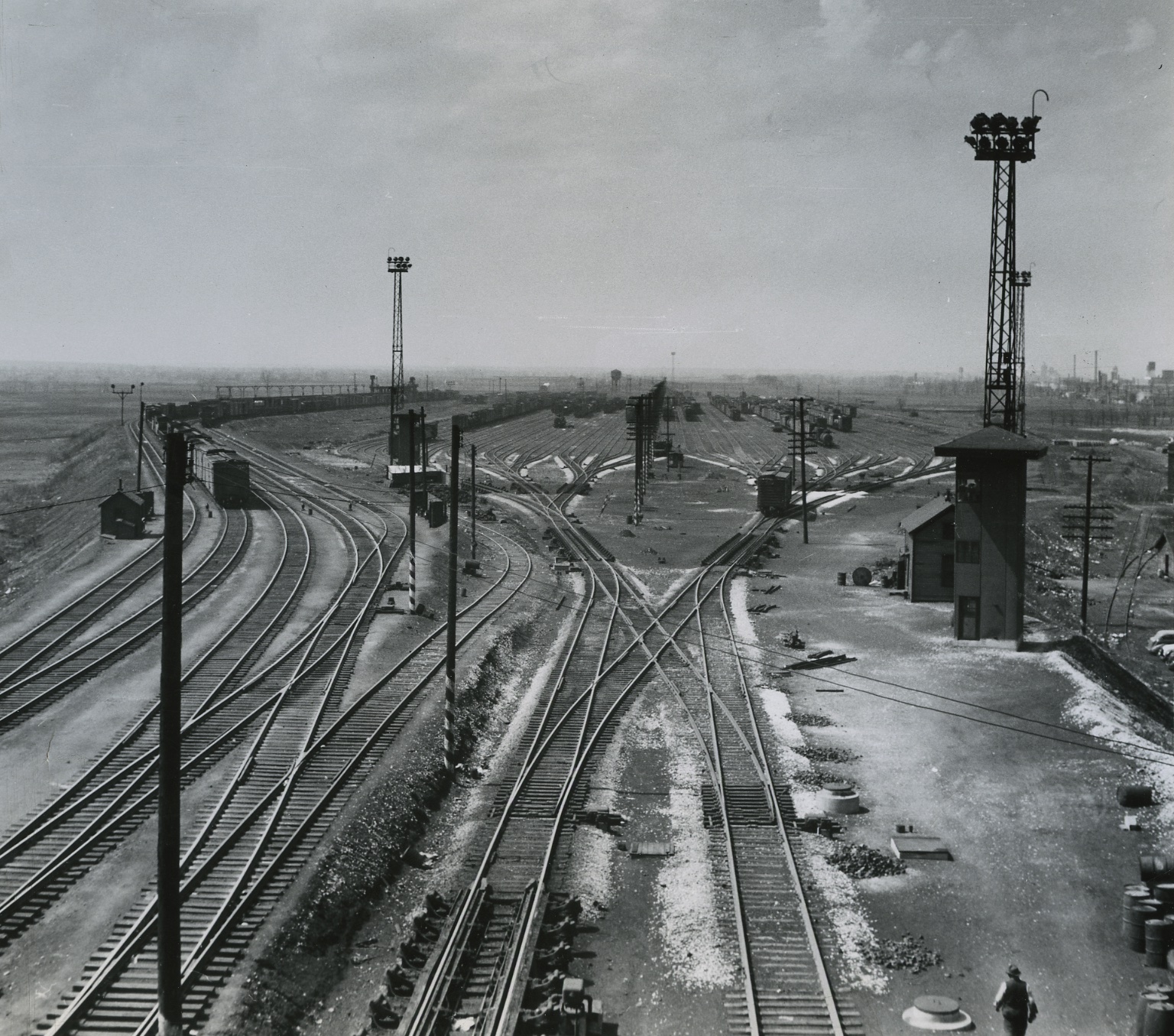
The Belt Railway Company of Chicago was founded in 1882 by real estate promoter John B. Brown, who recognized the need for a comprehensive terminal network amid growing rail traffic. This terminal railroad became a crucial “belt line,” enhancing connectivity among major railroads, with the massive Clearing Yard as its operational heart. Today, the 28-mainline-mile railroad and its 786-acre yard continue their critical role, owned by North America’s Class I railroads.
Indiana Harbor Belt Railroad
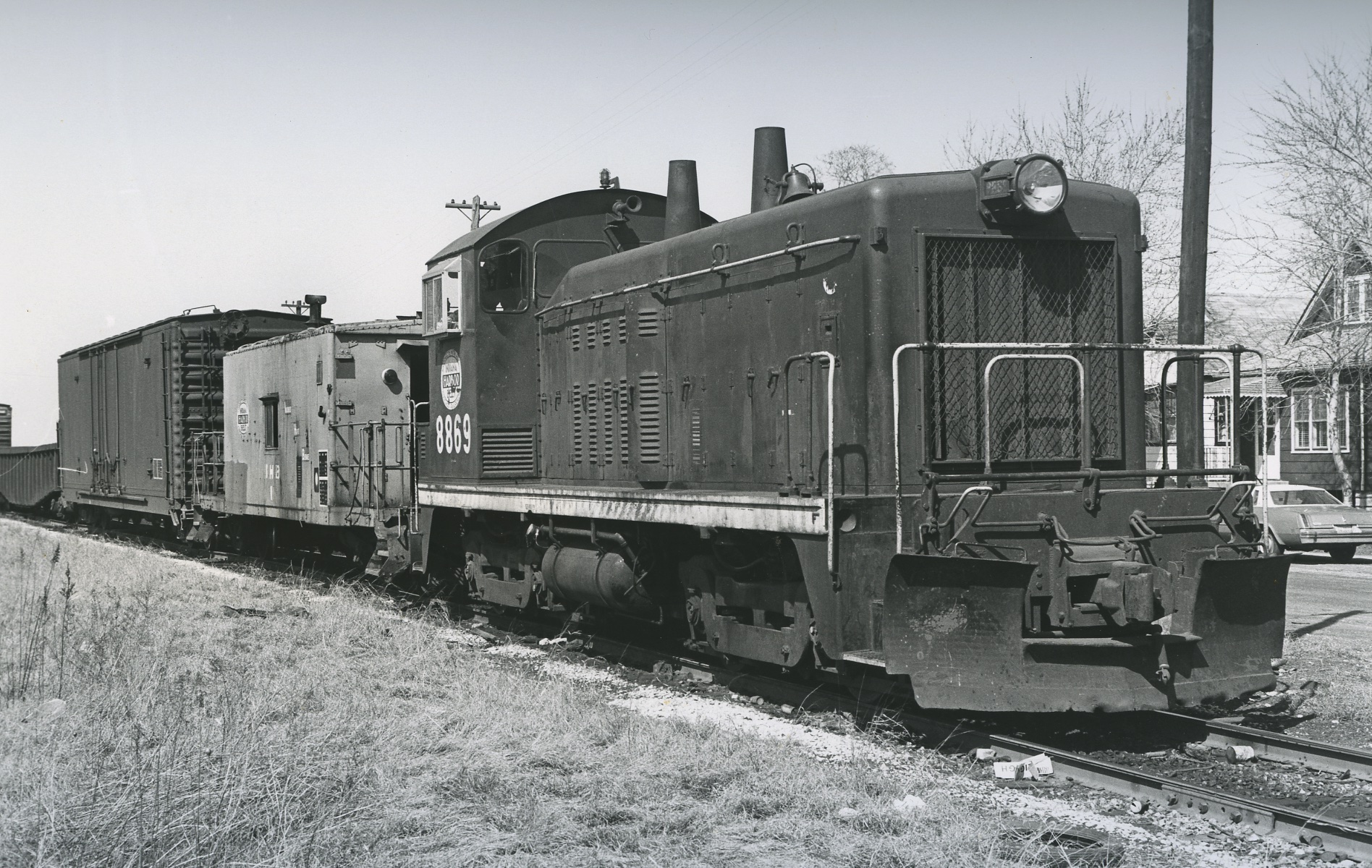
Dating back to 1907, the Indiana Harbor Belt Railroad was formed through mergers to create an effective interchange system in Chicago. Initially intended to alleviate congestion with a short belt line connecting diverse railroads, the IHB has grown into a major freight player. Its innovative approaches to switching rates and topology have contributed to its longevity and efficiency in the city’s rail operations
South Chicago & Indiana Harbor Railway (Formerly Chicago Short Line)
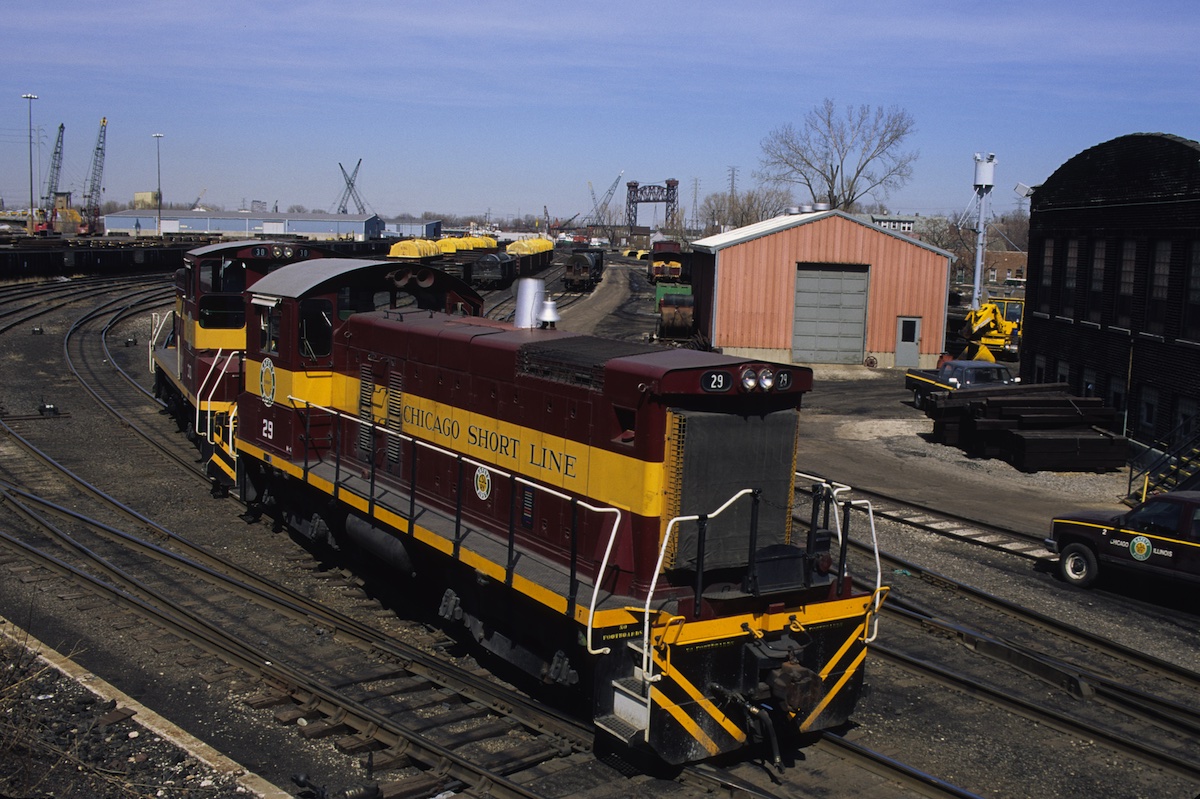
Serving since 1900, the South Chicago & Indiana Harbor Railway, initially known as the Chicago Short Line, has maintained a strong industrial focus. It began by serving the steel industries along Lake Michigan and has expanded to support local industries. Its operations remain vital to the logistics and transport sectors in South Chicago and surrounding regions.






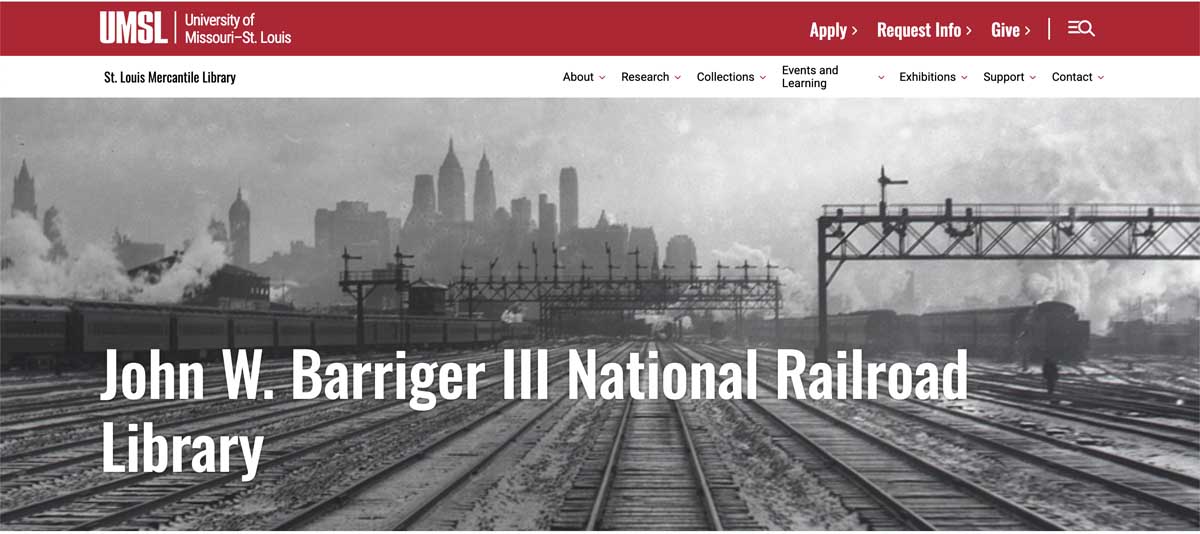
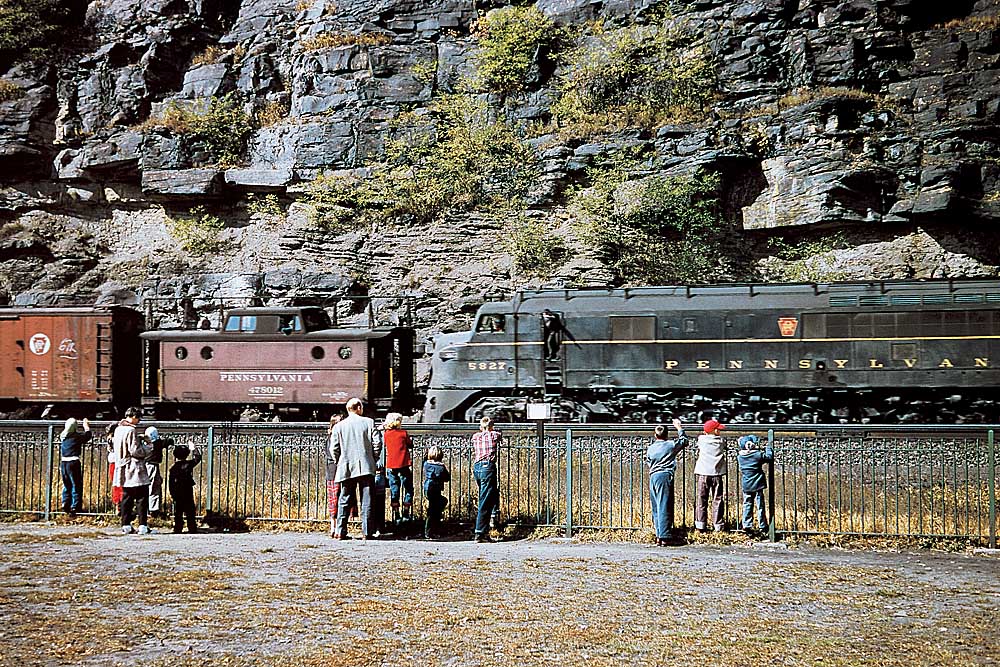
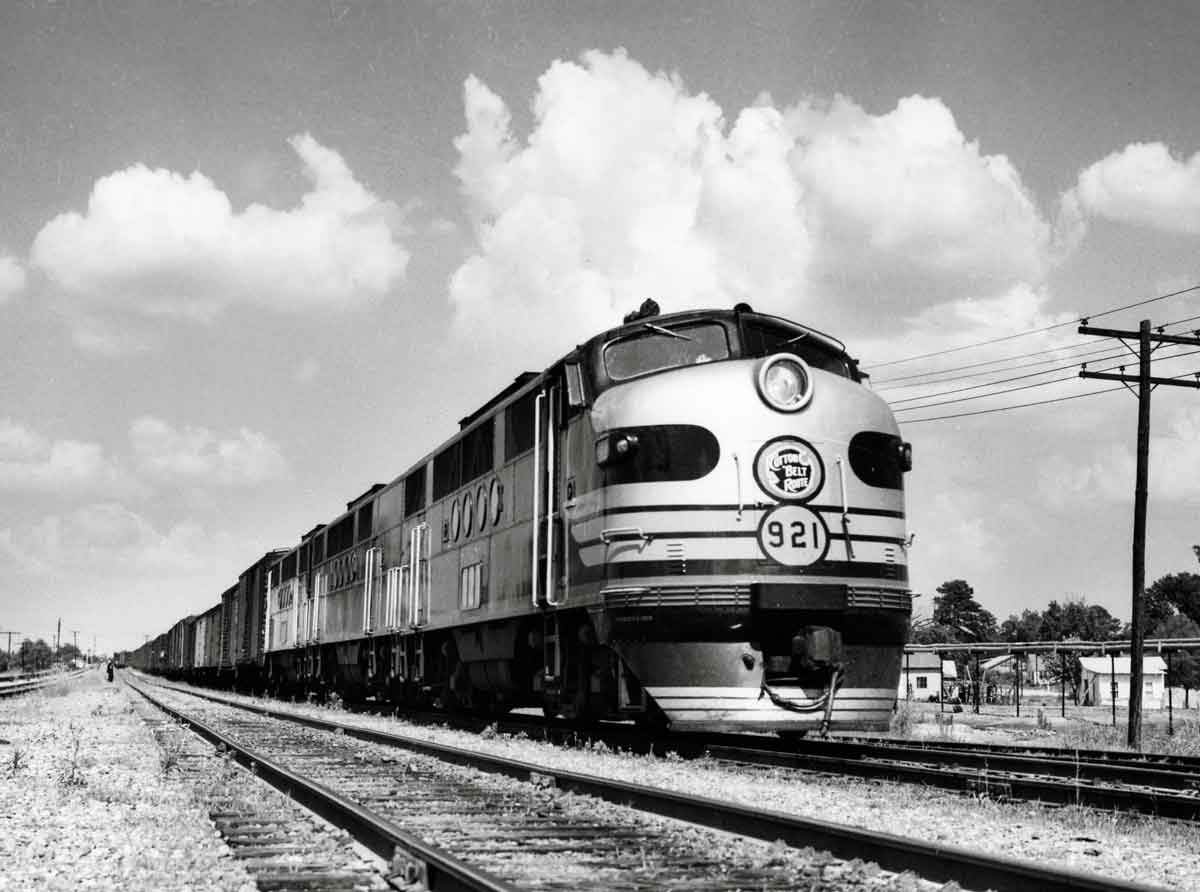
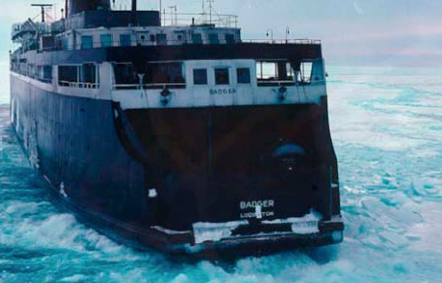
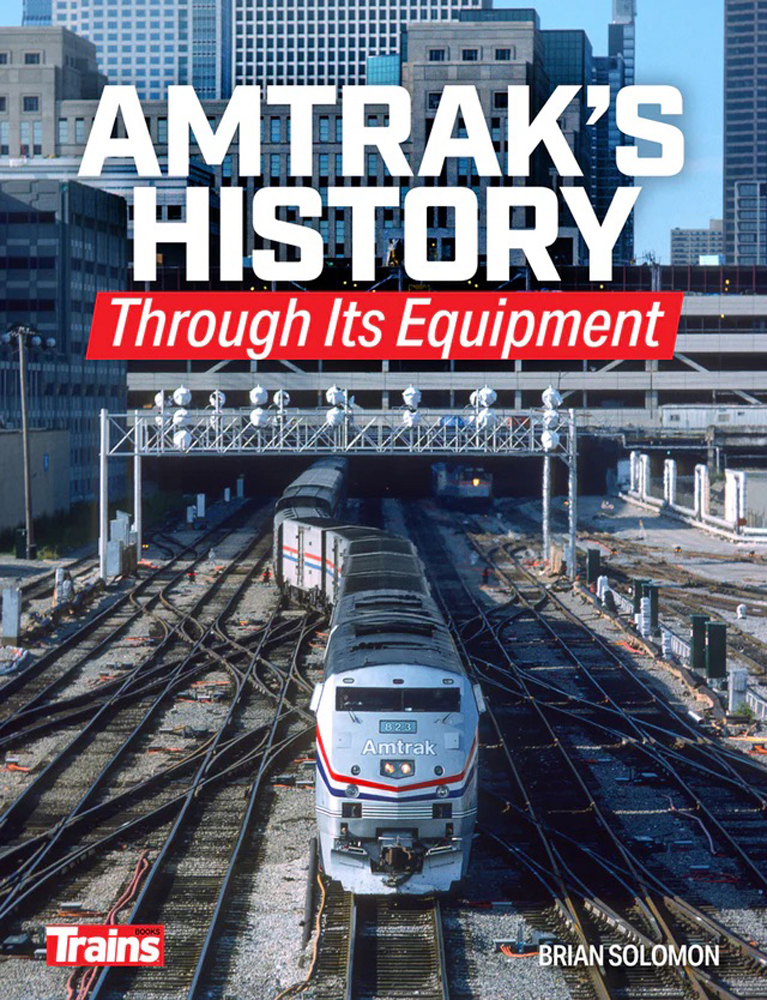


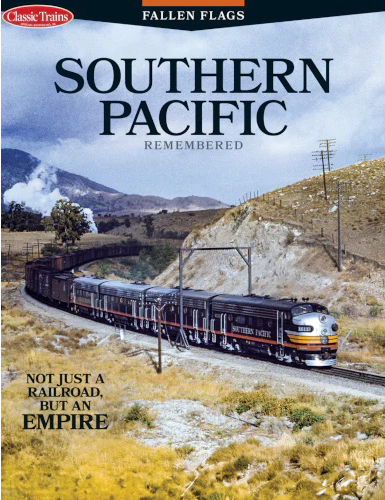
These 4 were & are vital links, especially when getting coming/going to/from E or W coast on a timely basis. Chicago can be a REAL bottleneck! Speaking a DePage County resident “78-90 and former C&NW Safety Mgr plus a few months @ the Piggy Back yard.